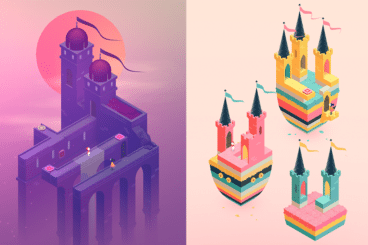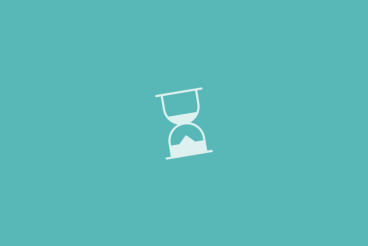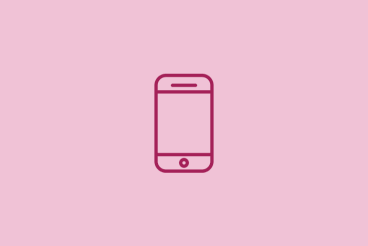
Mobile / 25 Oct 2017
5 Design Tricks to Make Your Mobile UX Shine
Have you looked at your website analytics lately? Chances are a significant portion – maybe even more than half – of your users are coming to your website via mobile device.
Whether you are focusing mobile efforts on a website or app, you need to ensure that the design creates a stellar user experience for every one of those mobile users. You don’t have to start from scratch to do it either. Thinking about the mobile user and how they interact with the design will help shape the way your interfaces look and function.
Here are five design tricks you can use to help make your mobile UX one that users love.










